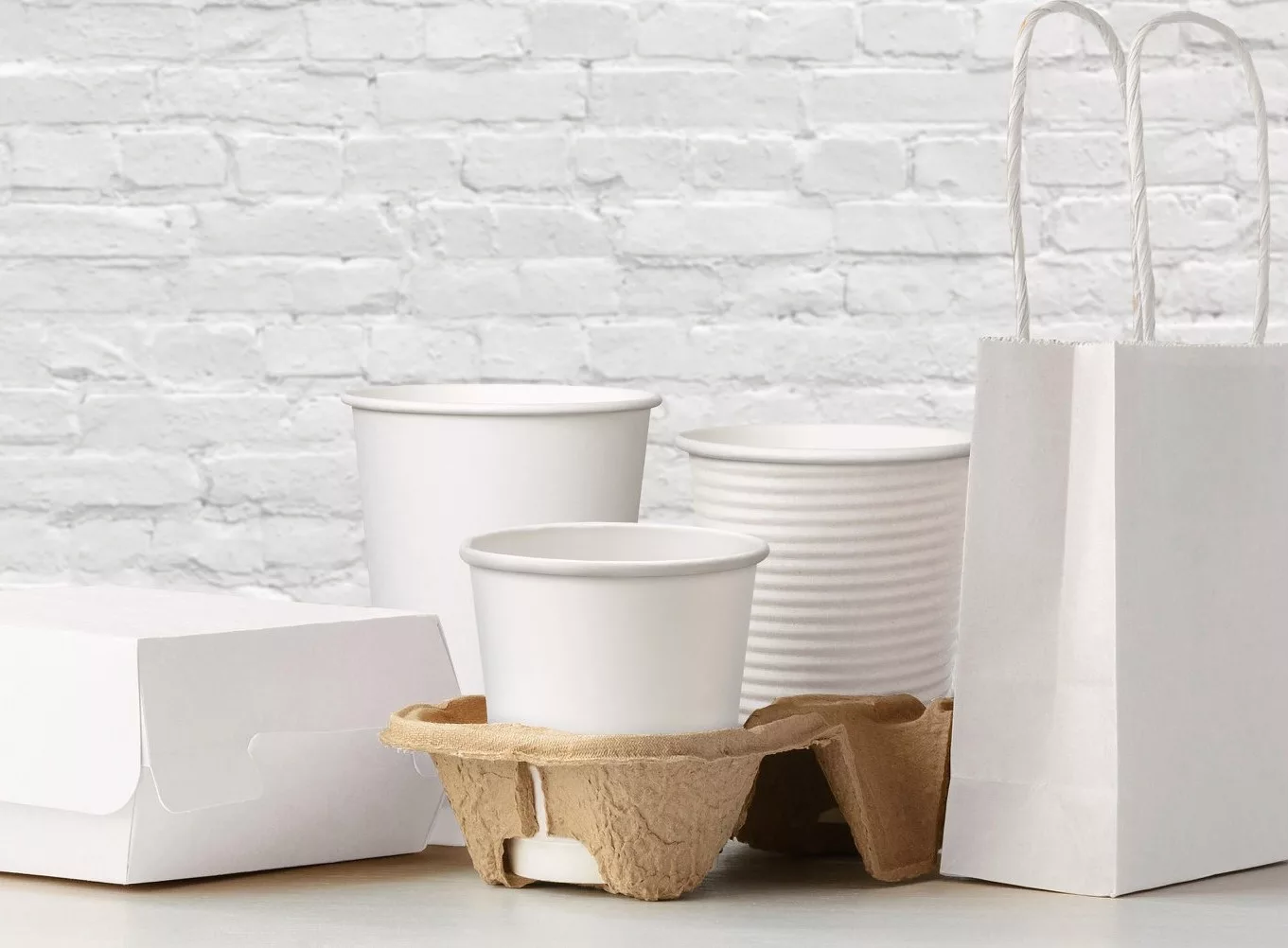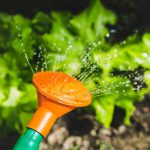The paper takeaway or “to-go” cups that hold our morning coffee have long been a part of American culture. What started as an early invention for sanitation and convenience has since evolved into a modern question of long-term sustainability. However, it has been a misconception that these cups cannot be sustainable, and companies like Sustana Fiber are demonstrating what a truly sustainable coffee cup can look like — using recycled content to promote a circular economy.
Looking Back
The paper takeaway cup can be traced back as early as 1907, when Massachusetts lawyer Lawrence Luellen invented a disposable cup made of paper as an alternative to the commonly used communal cups and designed to stop the spread of germs. During the next century, this cup continued to evolve into the takeaway cup that we know today. Starting in the 1970s, its popularity skyrocketed for carrying coffee with the advent of the “commuter culture” and the rise of major brands that offered consumers a way to enjoy their hot drink while on the go. While some companies originally chose Styrofoam as the material for their coffee cups, many, including Starbucks, continued to use paper.
Where We Are Today
Today, tens of billions of these single-use, paper takeaway cups end up in landfills each year in the US alone, even though many could have been recycled and made into new paper products instead. It’s not that these cups cannot be recycled — in reality, they are not accepted by all recycling facilities due to their poly lining. Additionally, the collection and sorting systems that would allow the cups to be separated from other post-consumer materials previously did not exist.
In response to the growing concerns from consumers over the environmental impact of paper coffee cups, companies are committing to finding and investing in sustainable alternatives. However, some are taking it a step further, working together along the supply chain to close the loop — not only creating a sustainable paper coffee cup, but also showing how a coffee cup can be turned back into another coffee cup. For example, Sustana Fiber’s proof-of-concept project with Starbucks, Cup-to-Cup: Closing the Loop, demonstrated that these cups can be processed in an environmentally responsible way, allowing them to re-emerge as clean, safe fiber used to make new cups. By leveraging innovative technology and equipment, old cups were used as raw material to manufacture 100 percent recycled fiber, that is also FSC® certified and compliant with FDA standards for food grade packaging.
Looking Forward
The success of the Cup-to-Cup project confirmed what many already knew — a truly sustainable coffee cup is a goal that can be achieved with recycled content. When we say “recycled content,” we’re talking about the percentage of post-consumer recycled fiber that is contained in a finished cup, packaging or paperboard product. The higher the percentage of recycled content, the better it is for the environment, as found in a systems-based quantitative method for evaluating the environmental impact of a product, or Life Cycle Assessment.
So, where do we go from here?
The journey of the sustainable coffee cup continues. Recently, paperboard for cups have been released with up to 32 percent post-consumer recycled fiber content, a much higher percentage than the current industry standard — which ranges from 10 percent to 24 percent post-consumer recycled fiber content. As companies continue to look for sustainable solutions to meet the expectations of their customers as well as corporate goals, choosing a higher percentage of recycle content in their cups and other packaging makes a significant impact.
It’s clear that the paper takeaway cup will need to continue to evolve in order to meet the demands of sustainably minded consumers and coffee drinkers alike moving forward; however, when made with recycled content, the coffee cup is part of a sustainable, closed loop fiber future.







